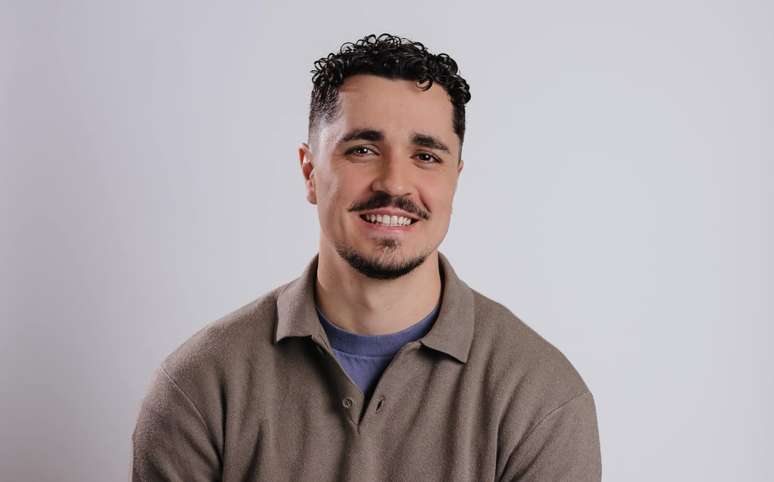With the digitization of routine and connected houses, see how to make this universe more accessible to the elderly
It is up to sensitive buttons, voice commands, screens that require wi-fi and constant updates. The modernization of appliances is transforming the routine of Brazilian families, but for many elderly this technological revolution still seems a manual puzzle.
In recent years, kitchens and laundries have earned new protagonists: smart refrigerators, collective ovens with mobile phone and washing machines with digital panels. The trend follows a broader movement of domestic digitization, led by comfort, automation and connectivity. However, this progress imposes important challenges for the population over 60 years, whose adaptation is not always simple.
The progress of digital inclusion, but obstacles persist
According to IBGE Continuous Pnad 2024 data, almost 70% of the Brazilian elderly already access the Internet – a jump of 278% compared to 2016. Today over 24.5 million people are connected to or over 60 years of age. However, many still face practical difficulties with more complex technologies or poorly friendly interfaces.
“For an elderly man, the use of an appliance with the digital panel can be like learning a new language. Icons, configurations and even terms such as” cloud “or” login “may seem confused”, explains Flávia Waeny, coordinator of Anhanguera College Systems Analysis and Systems Development Course. “It is common to fear the wrong button and cause a problem.”
In addition, the combination of small letters, the low contrast on the screens and the need for a constant connection can generate cognitive overload and frustration.
When technology authorizes
Despite the initial difficulties, the mastery of technology can transform the life of those who age. “When this barrier is outdated, technology becomes a connection of autonomy and connection. It is possible to make appointments, make videochhamados with the family, buy online and even check electros with apps,” says Waeny.
This adaptation, however, needs support – and can arrive in different ways:
Suggestions to facilitate the use of technological electros by the elderly
- Bet on models with physical buttons or simple controls
You prefer devices with more intuitive panels, with large letters and a clear contrast. The simplified functions are ideal for those who are familiar with technology.
- Customize the digital environment
If the equipment has an app, it sets everything previously with the help of family members. Activate the voice commands and make the most commonly used shortcuts visible.
- Use visual labels and instructions
Positioning stickers indicating the correct buttons or leaving printed instructions next to the device can help reduce the insecurity in use.
- Participate (or encourage) seminars and courses focused on the elderly
Today there are community centers, open universities and even online tutorials designed for the elderly. Learning in groups and at its own rhythm stimulates trust.
- Have patience and encourage curiosity
More than teaching the “step by step”, it is essential to respect the rhythm of learning. Helping without judging and celebrating the results is the best incentive.
A generation that learns to “click”
For Flávia, the most important thing is to understand that the elderly are able to learn, as long as they receive adequate support. “It is a generation that saw the world getting out of the writing machine for artificial intelligence. They were not born in this digital world, but are totally able to live it.”
Gradually, with support and inclusion, the appliances are no longer a barrier and become allies. And every click, however small, can mean a big step towards autonomy in the elderly.
Source: Terra
Ben Stock is a lifestyle journalist and author at Gossipify. He writes about topics such as health, wellness, travel, food and home decor. He provides practical advice and inspiration to improve well-being, keeps readers up to date with latest lifestyle news and trends, known for his engaging writing style, in-depth analysis and unique perspectives.



-sksawq3orh9w.jpg)



![More beautiful life in advance: What awaits you on Tuesday 14, 2025 on Tuesday, October 14 in 441 episodes [SPOILERS] More beautiful life in advance: What awaits you on Tuesday 14, 2025 on Tuesday, October 14 in 441 episodes [SPOILERS]](https://fr.web.img5.acsta.net/img/6b/c3/6bc3aa68e4679ab288217fa4c5dc825e.jpg)
